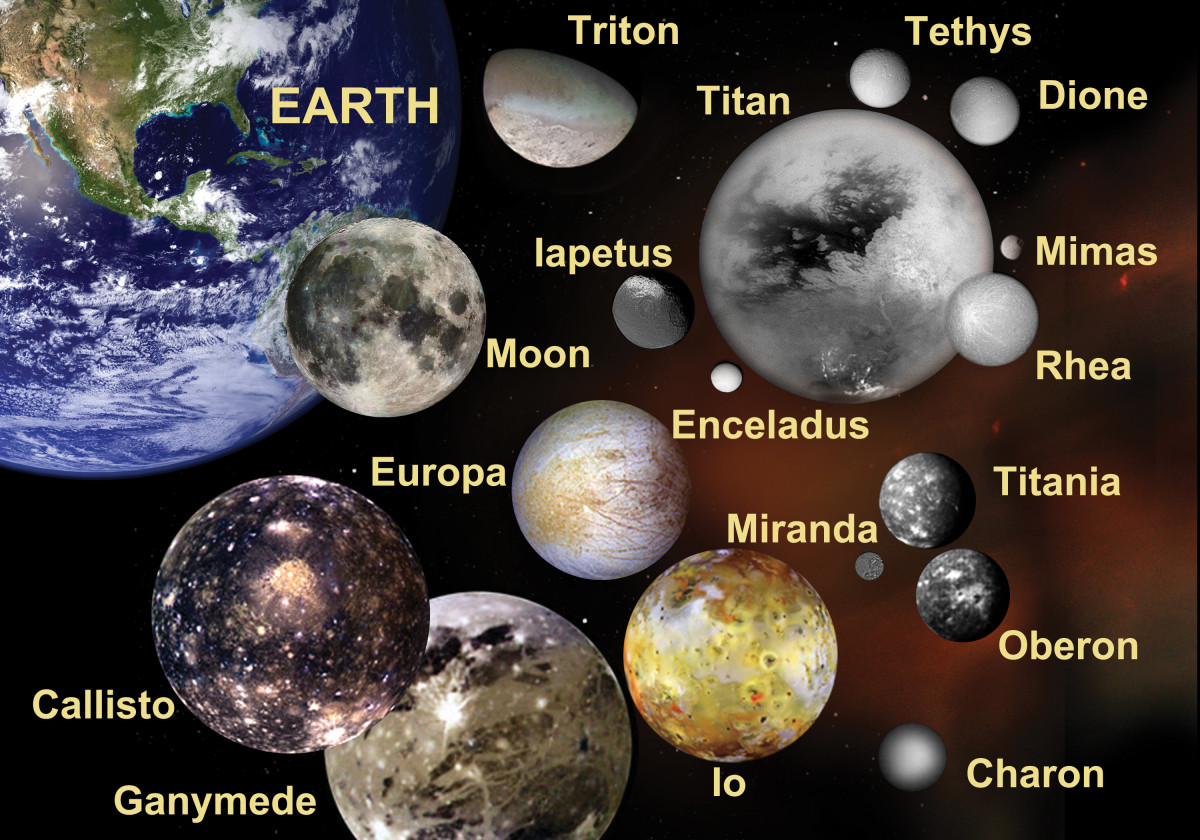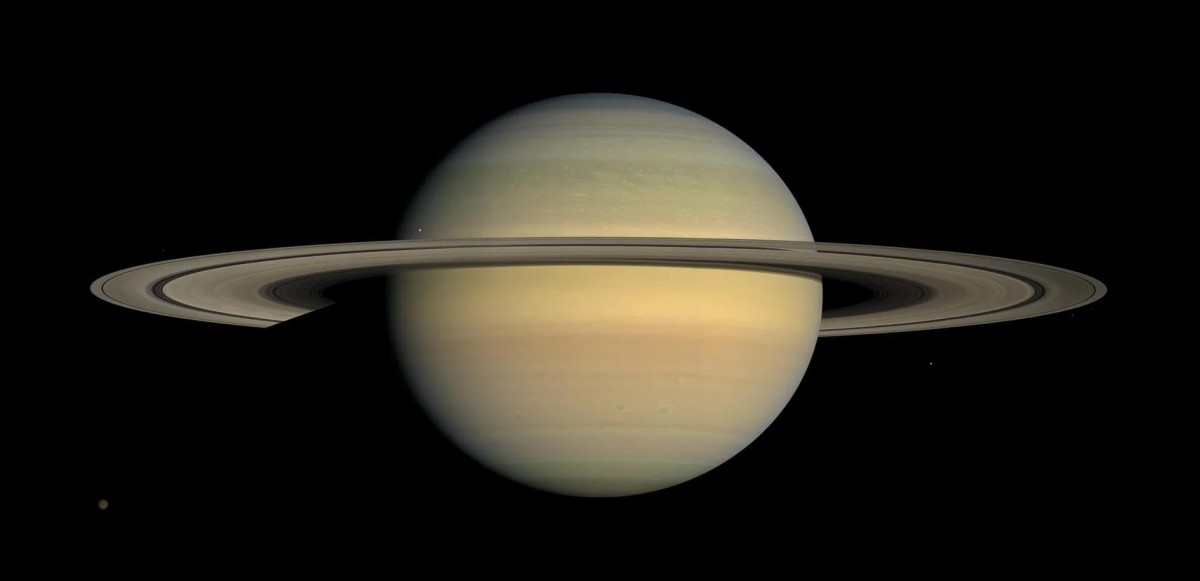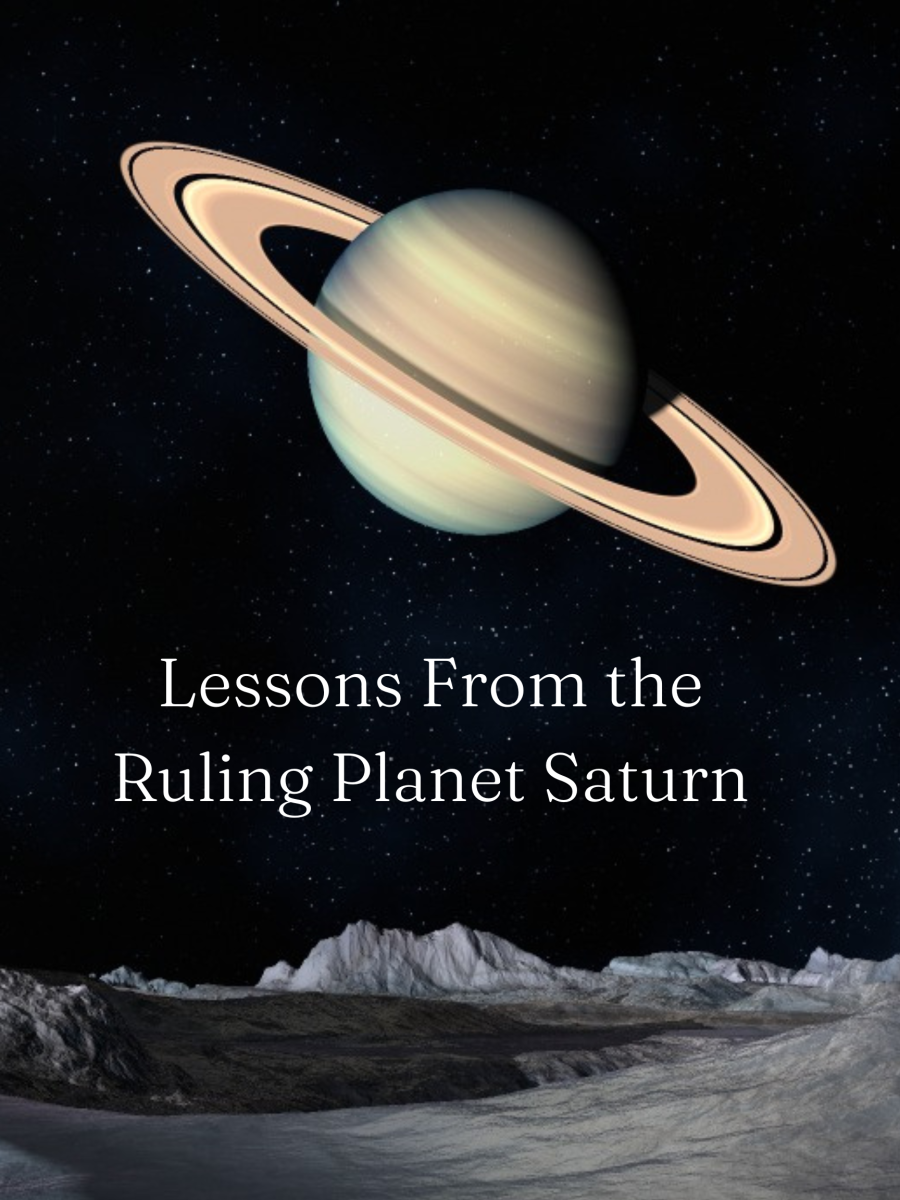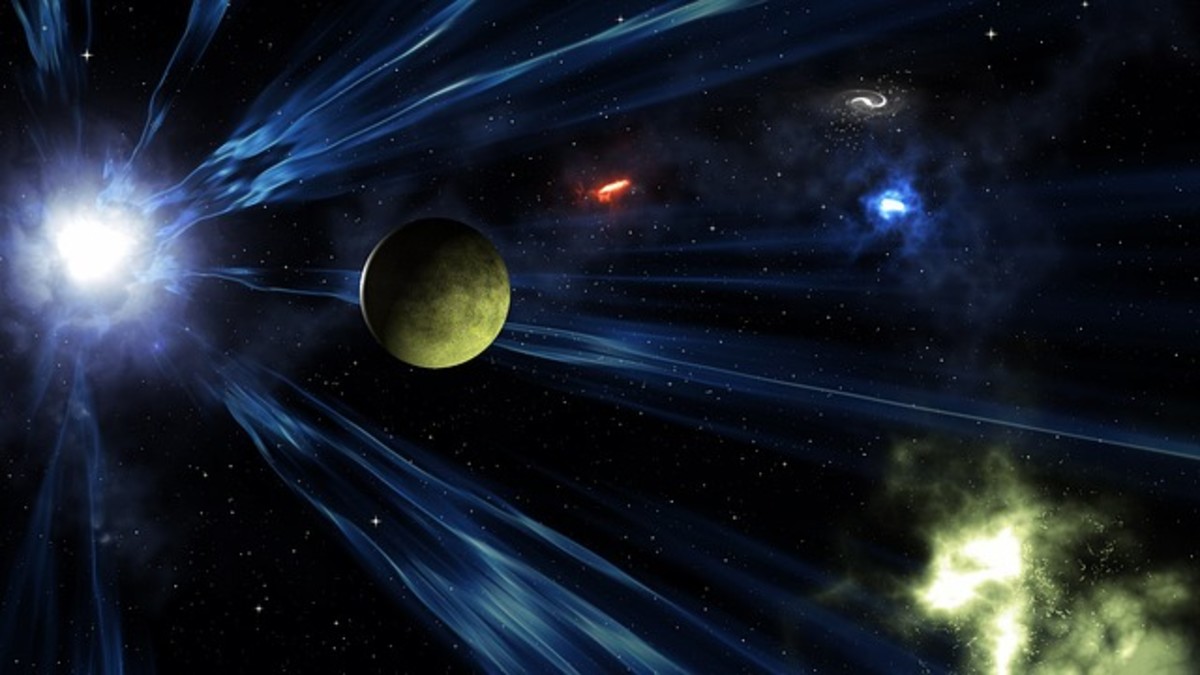Ocean Moon of Saturn
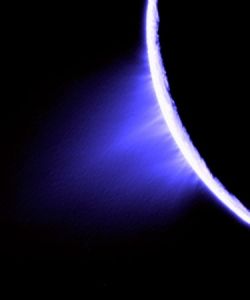
Enceladus: Icy Moon Hides Vast Ocean
Enceladus is not Saturn's largest moon. It is only 318 miles wide. But what scientists are discovering about her puts her in a new playing field where only a very few ever get to play: That of life outside of earth. While she's not won the game yet, she sits with the likes of Europa and Mars as one more place where life may have existed in the past, or could possibly exist in the future.... or does it already?
The big deal is the pictures sent back by Cassini Spacecraft from her mission as it explores Titan, Saturn's largest moon, and some of her other moons. Cassini has been able to get tantalizingly close to Enceladus, sending back quite a bit of information, not to mention some awesome photographs!
The new photos show evidence that under all that snow and ice lay an ocean, most likely of water, which lays the foundation for the existence of life. The smoothness of some of the surface of Enceladus also suggests it may be newly formed, and could have had a major event in the not too distant past. Of course we're speaking in relative terms - 100 million years would be "not too distant" in space age!
Saturn's e-ring, which is her outermost ring, is made up of an icy dust-like substance. Some scientists theorize that this substance is fed by the volcanic eruptions of snow and ice from Enceladus. A more recent fly by of the Moon by Cassini supports their theory.
All this ice and snow and spewing from these volcanic vents in the surface of Enceladus must be coming from somewhere. Ice alone could not be producing such activity on a regular basis, especially enough to create the entire outer ring of Saturn!
The wonders of the world continue to amaze me. Saturn and her mysterious Fire and Ice Moon Enceladus still have quite a story to tell! I hope I'm still around to hear it!
Photo: NASA

Cassini Spacecraft
Is their anything it cannot do?
Optical Remote-Sensing Instruments
With these Instruments, Cassini can determine temperatures, chemical composition, structure, and chemistry of Saturn, its rings, moons, and their atmospheres, measure mass and internal structure of Saturn and its moons; will photograph Saturn, its rings, and moons in visible, near-infrared,and ultraviolet wavelengths.
Radar
Maps Titan and measure heights of surface features.
Field and Particles Instruments
Maps the magnetic field of Saturn; detects charged particles and plasmas; studies interactions between solid bodies and the solar wind; investigates ice and dust, plasma waves, and radio waves.
The Cassini mission is a joint effort of the National Aeronautics and Space Administration (NASA), European Space Agency (ESA), and Italian Space Agency (ASI).
Saturn's Snowy Moon - Her science and beauty
Ocean Spinning Under Ice
As on Jupiter's moon Europa, the change in fracture directions suggests an ocean spinning under the ice.
Dan Vergano, USA Today
Cassini's Mission
How much do you know about Saturn?
Cassini en Route to Saturn
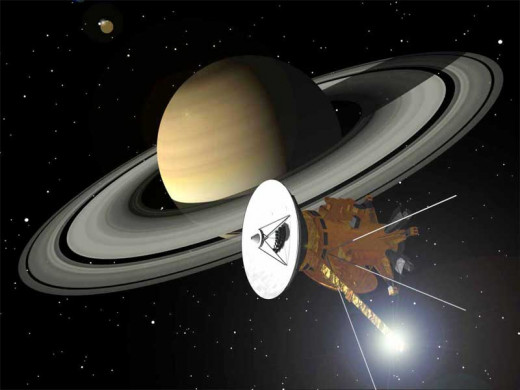
The Enceladus Quarterly - Well, someday maybe!
Such excitement abounds on this mysterious Moon of Saturn. Let's explore what's news!
- Life On Mars? Try One Of Saturn's Moons Instead : NPR
When it comes to the search for life beyond Earth, most of the focus is in on Mars. But a growing number of scientists are looking at Saturn's moon, Enceladus, instead. Scientists believe the moon has water and organic materials that are the building - Enceladus: home of alien lifeforms? | Science | The Observer
Mars might dominates the search for extraterrestrial life in our solar system, but a growing number of scientists believe Enceladus, an icy moon of Saturn, is a much better bet. Robin McKie reports - Enceladus, Icy Moon Of Saturn, “Could Be Snowing Microbes” Says NASA - International Science Times
Life-friendly Enceladus has been gaining attention recently due to information from the Cassini space probe that confirmed what scientists were hoping. That the geysers were, in fact, water.
Enceladus' Rain
Enceladus rains its water onto Saturn itself, becoming the first moon known to directly influence the composition of its planet!
The Beauty of Encenidus - Thanks to Cassini
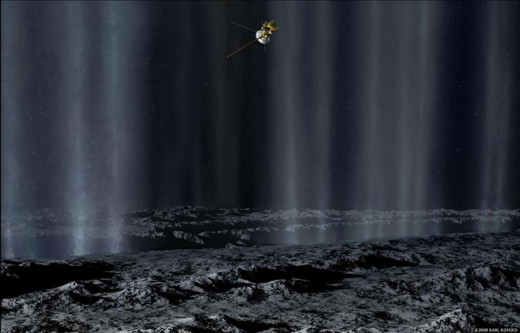
Geisers blowing out particles from Encenidus' "Tiger Stripes" create a large portion of Saturn's outermost ring.
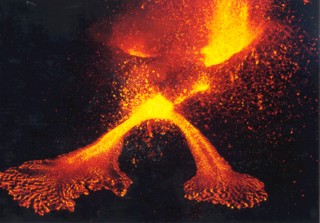
Where Does Enceladus Get it's Name?
Greek Mythology, of Course!
Enceladus was killed by Athena and buried under Mount Etna, an active volcano in Sicily.
The volcanic fires of Etna were said to be the breath of Enceladus, and its tremors to be caused by him rolling his injured side beneath the mountain (similar myths are told about Typhon and Vulcan).
In Greece, an earthquake is still often called a "strike of Enceladus".
Further Information on Enceladus
- Tiger stripe leaps point to Enceladus ocean
Saturn's mysterious moon, Enceladus, likely hides an ocean under its icy crust, suggests an analysis of its geyser crevices. - USATODAY.com - Saturn moon Enceladus looks thin-shelled
Saturn's geyser-spewing moon, Enceladus, may hide an interior ocean only 25 miles under its icy crust, planetary scientists report. - USATODAY.com - Enceladus (moon) - Wikipedia, the free encyclopedia
Saturn/ Moon/ Enceladus - Enceladus: One Influential Little Moon : Discovery News
Saturn's moon Enceladus has turned out to be quite the overachiever among moons in our solar system -- it pours rain onto Saturn.



